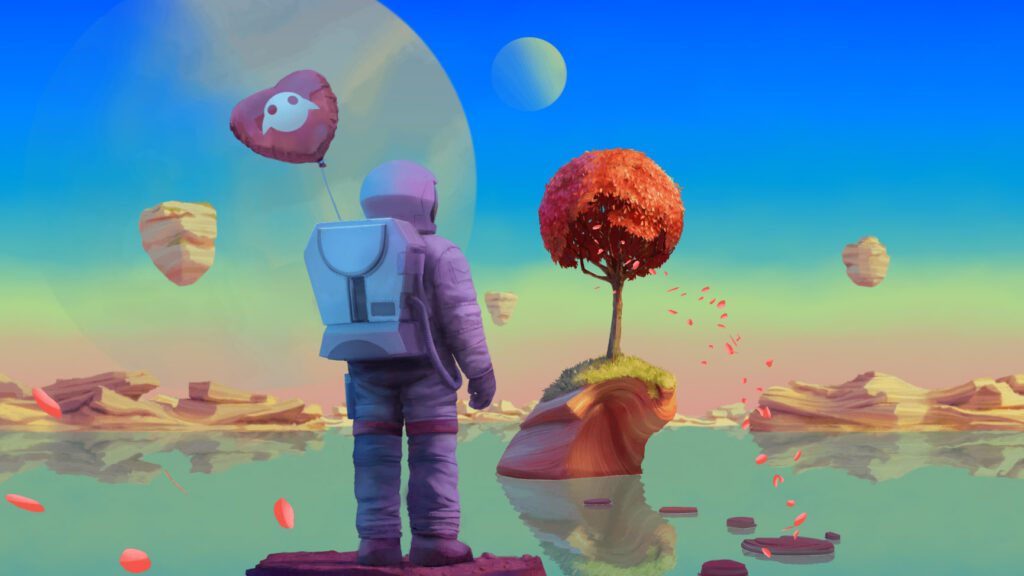Game animation is a crucial part of video games, providing realism and immersion in the gaming world. It is a complex process that involves creating a concept for the animation, storyboarding, creating a 3D model, adding texture and lighting, and sound effects. Good game animation helps create an emotional connection between players and the game, provides information, and transports players to new worlds. Game animation requires consideration of physics and hardware limitations. It also requires collaboration between animators, designers, and sound engineers. As technology evolves, game animation is becoming more efficient, and new opportunities for immersive experiences are emerging.
The Art and Magic of Game Animation: A Deep Dive
Game animation is a critical component of any video game. It is the way in which characters, objects, and environments move and interact with each other. Good game animation can make a game feel immersive and realistic, while poor animation can distract and detract from the gameplay experience.
Understanding Game Animation
Game animation is a complex process that involves several different steps. First, animators create a concept for the animation. This may involve sketching out movement or creating a rough 3D model. Next, they create a storyboard that outlines the major movements and actions that will take place in the animation.
Once the storyboard is approved, the animators begin to create the actual animation. This involves creating a detailed 3D model of the character or object that will be animated. They then use software to create movement and add texture and lighting to the model to make it more realistic. Finally, they add sound effects and music to the animation to immerse the player in the game world.
The Importance of Game Animation
Game animation is essential to the overall quality of a video game. A game that features high-quality animation will look and feel realistic, helping players to feel fully immersed in the game world. Animation can also help to convey information to the player, such as the health status of a character or the force of an attack.
Good game animation is also critical in creating an emotional connection between the player and the game. Characters with realistic movement and facial expressions will feel more lifelike, making players more invested in their stories and motivations. Similarly, realistic environments and objects can help to transport players to new worlds and add to the overall immersive experience.
The Science of Game Animation
Game animation is more than just creating a visually appealing experience. There is also a science behind the movement of characters and objects in a video game. Animators must take into account things like gravity, physics, and the way materials interact with each other in order to make the movement appear as realistic as possible.
Additionally, animators must consider the limitations of different hardware platforms when creating game animation. For example, consoles with less processing power may not be able to handle complex animations, while PC games may require more detailed animations to take advantage of the available graphics rendering capabilities.
The Magic of Game Animation
While there is a science to game animation, there is also an element of magic to the process. Good animators are able to take a static model and bring it to life, creating movement that feels dynamic and realistic. This involves understanding how the character would move in real life and replicating that movement in a way that feels natural.
Effective game animation also requires collaboration between animators, game designers, and sound engineers. A single animation may require dozens of iterations and revisions before it is finally approved and integrated into the game. Animators must be flexible and willing to work collaboratively with others in order to create successful game animations.
The Future of Game Animation
The field of game animation continues to evolve as technology advances. In recent years, advances in artificial intelligence and machine learning have made it possible to create animations much more quickly and efficiently. Additionally, the rise of virtual and augmented reality has created new opportunities for animators to create immersive experiences that go beyond traditional video games.
At the same time, the rise of mobile gaming has created new challenges for game animators. Given the limitations of mobile devices, animators must find ways to create high-quality animations that can be rendered on a smaller screen without sacrificing visual quality or performance.
Conclusion
Game animation is a complex and fascinating field that is essential to the overall quality of a video game. Skilled animators are able to bring game worlds to life, creating movement that feels dynamic and realistic. As technology continues to evolve, the possibilities for game animation will only continue to expand.
